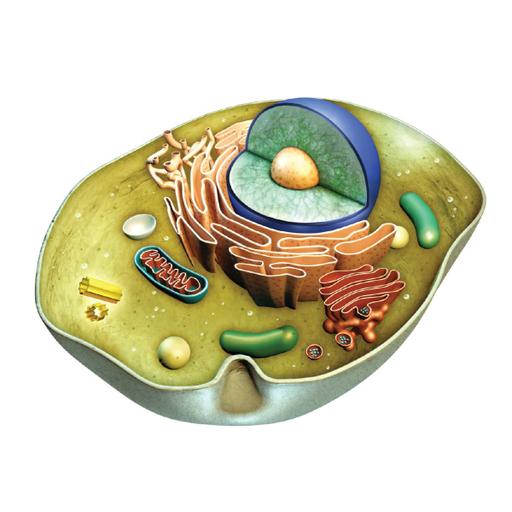Cells-Basic Unit of Life
Presentations | English
The cell can be defined as the smallest unit that can live on its own and that makes up all living organisms and the tissues of the body. It is the basic structural and functional unit of life. A cell has three main parts: the cell membrane, the nucleus, and the cytoplasm. A cell is surrounded by a membrane, which has receptors on the surface. The cell was first discovered by Robert Hooke in 1665, which can be found to be described in his book Micrographia. Cells are complex and their components perform various functions in an organism. They are of different shapes and sizes, pretty much like bricks of the buildings. Our body is made up of cells of different shapes and sizes. Cells are similar to factories with different labourers and departments that work towards a common objective. Various types of cells perform different functions. Thus, cells are the basic membrane-bound unit that contains the fundamental molecules of life and of which all living things are composed.

14.50
Lumens
PPTX (58 Slides)
Cells-Basic Unit of Life
Presentations | English
